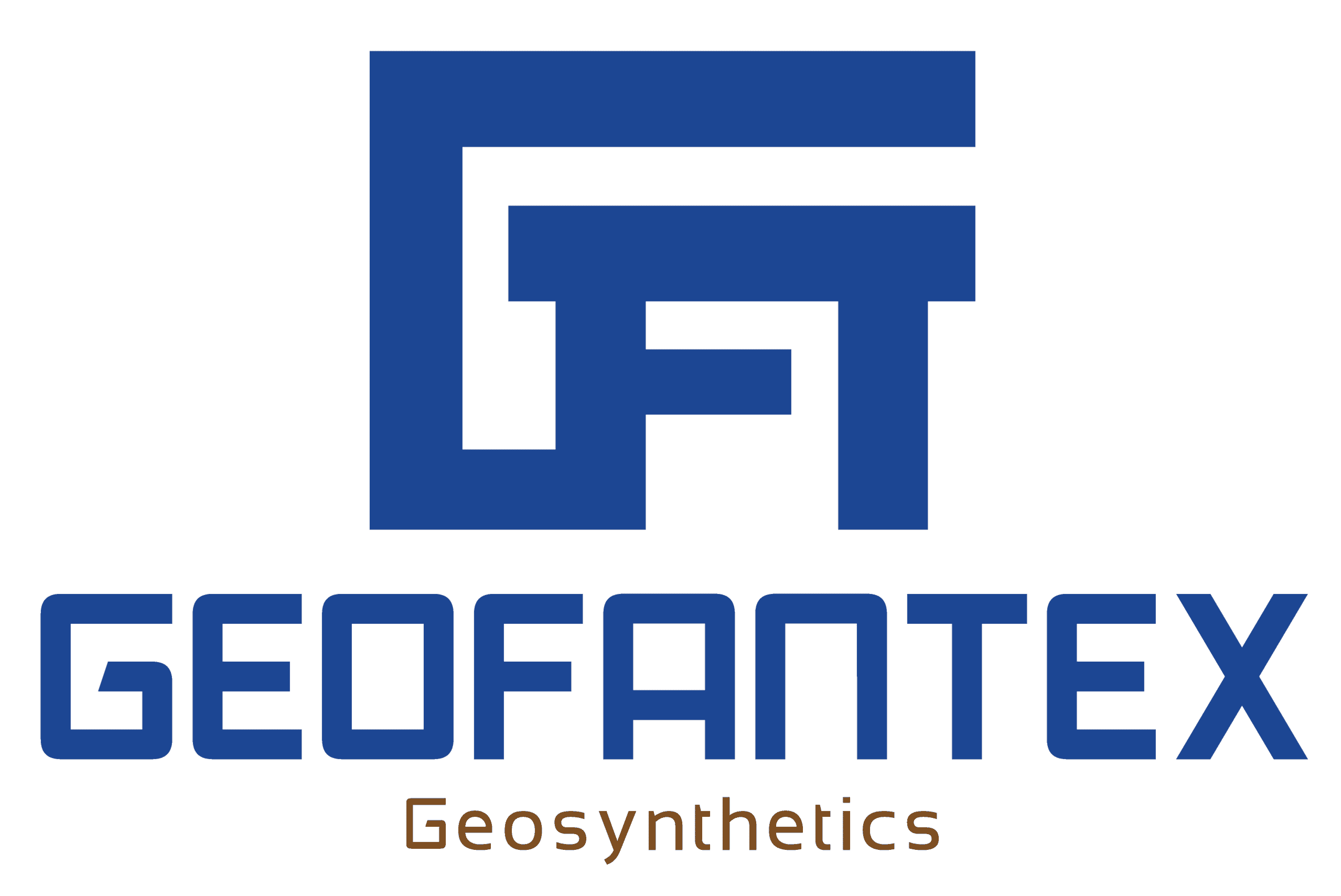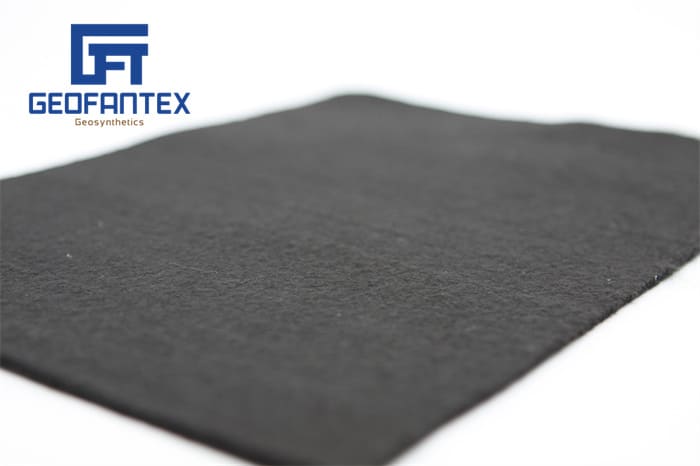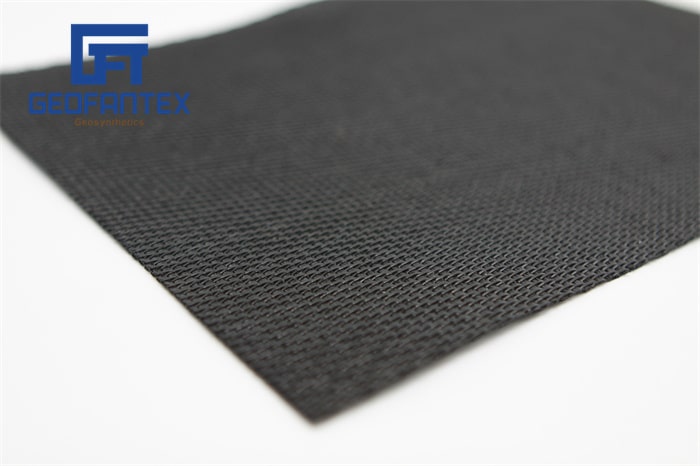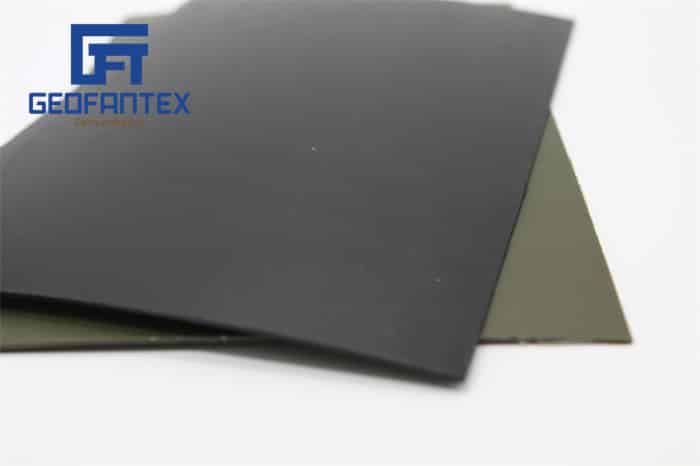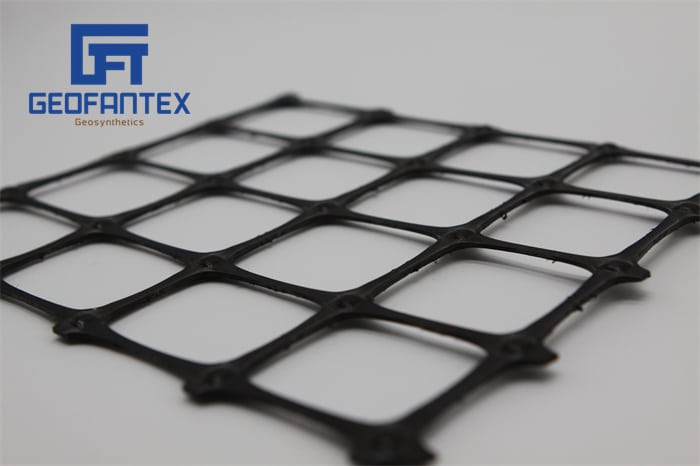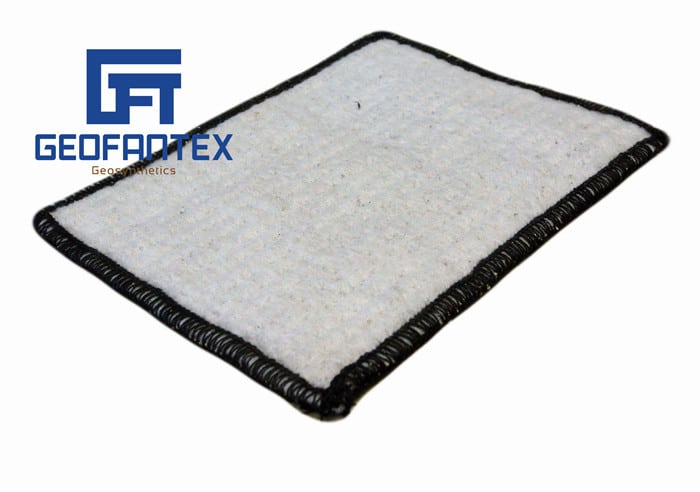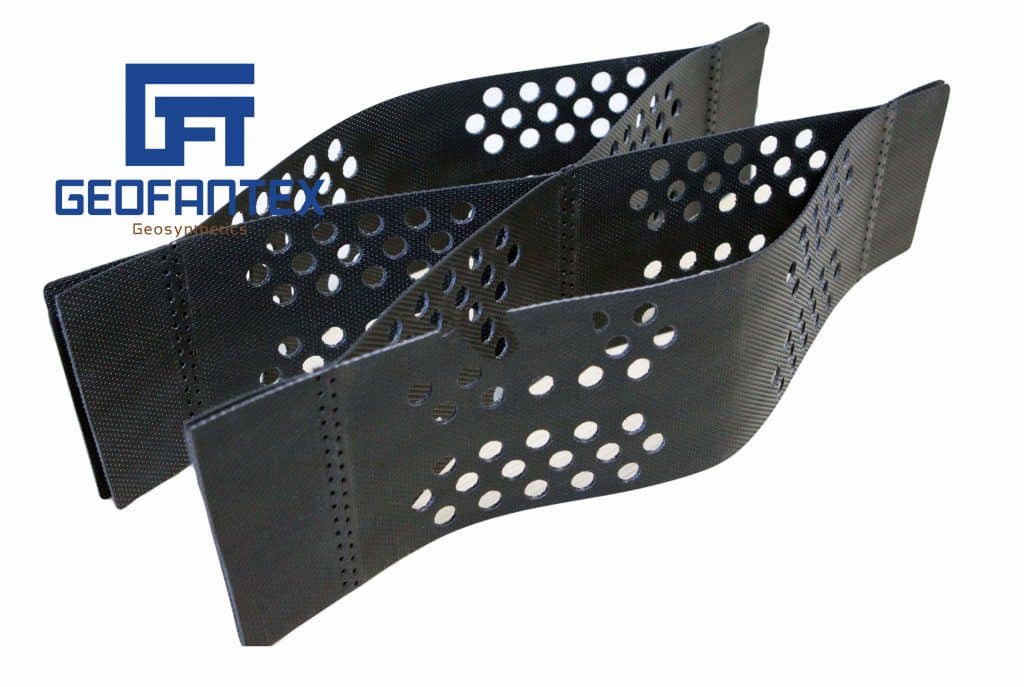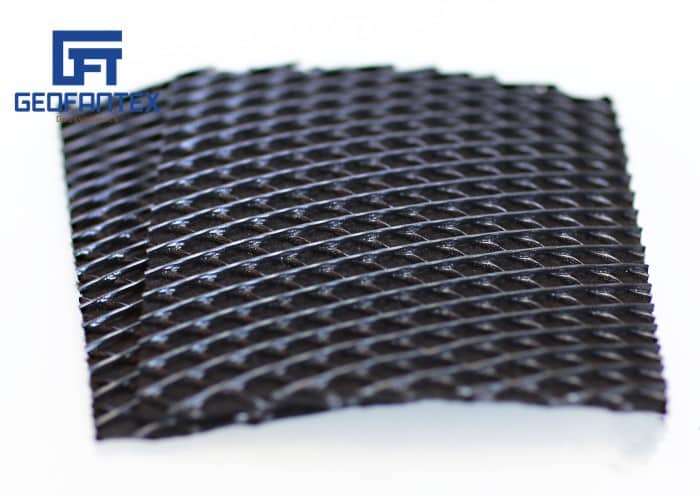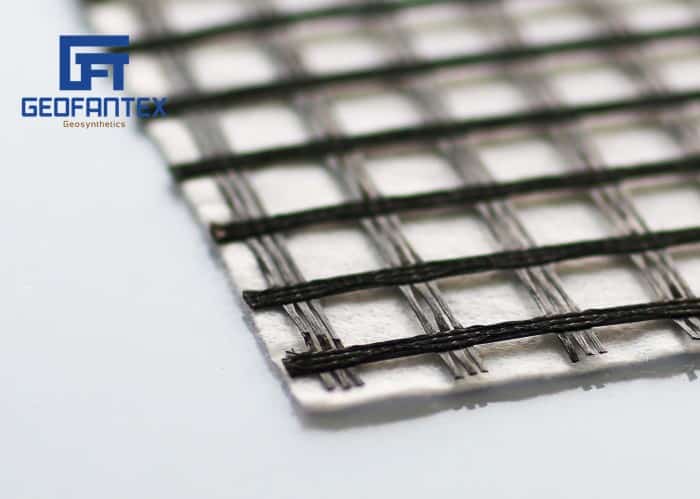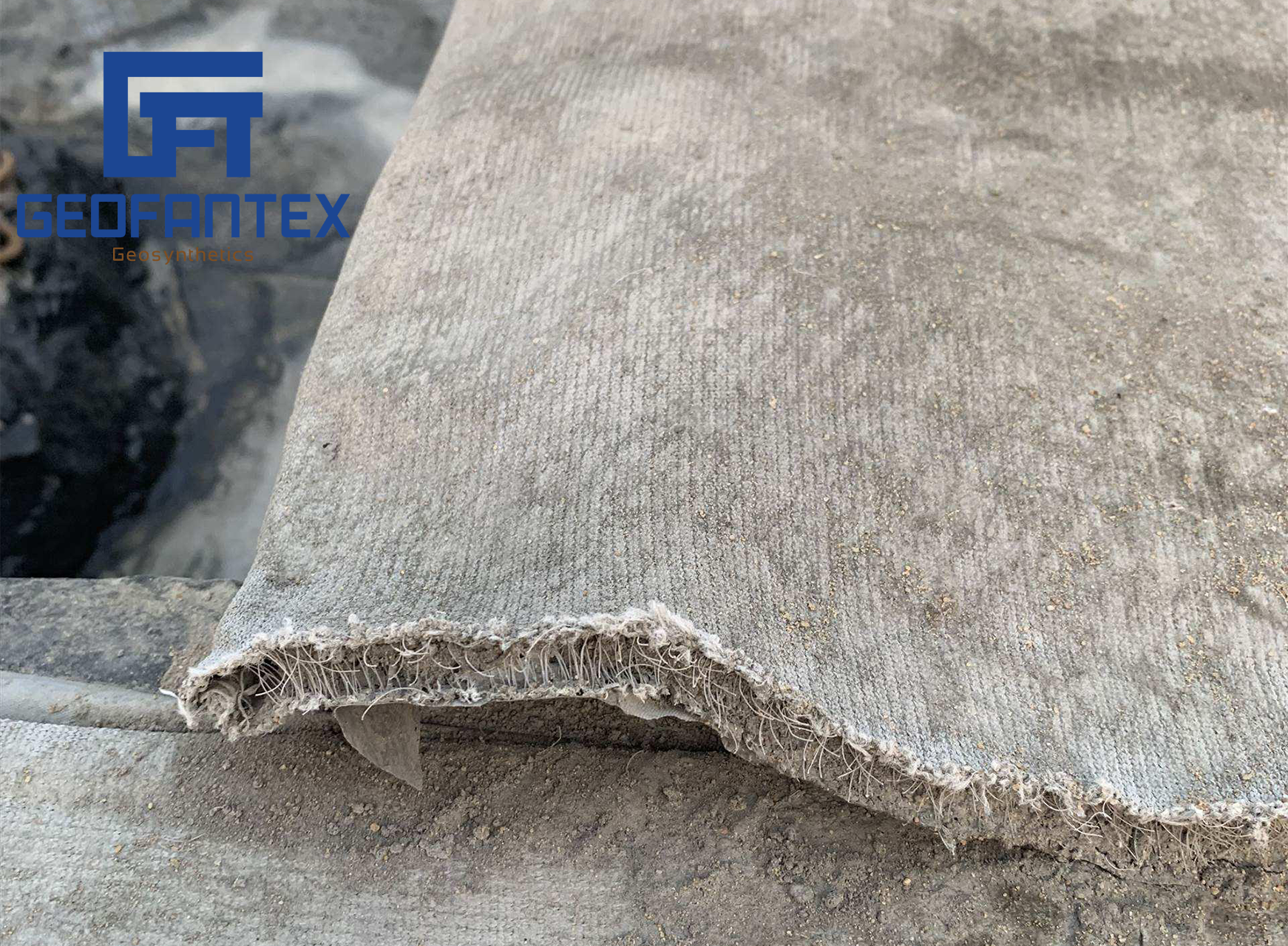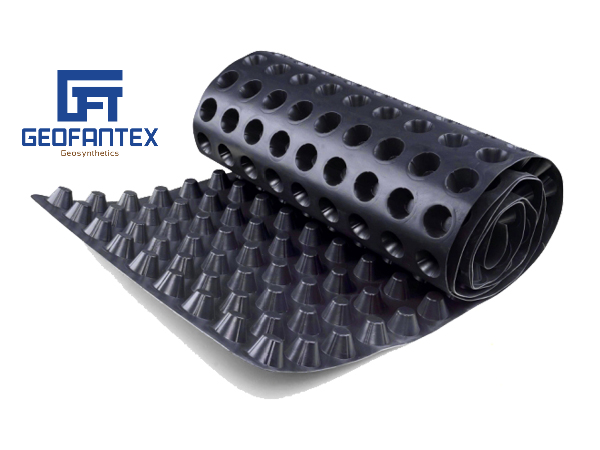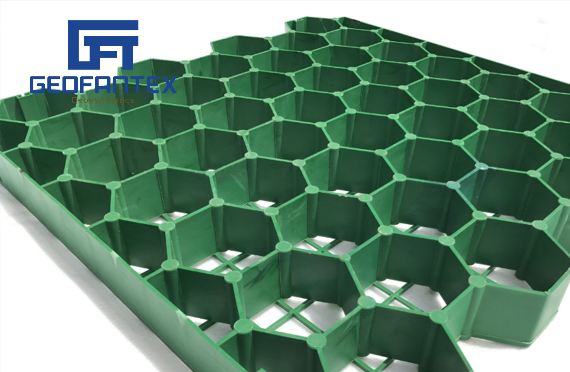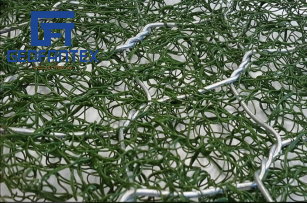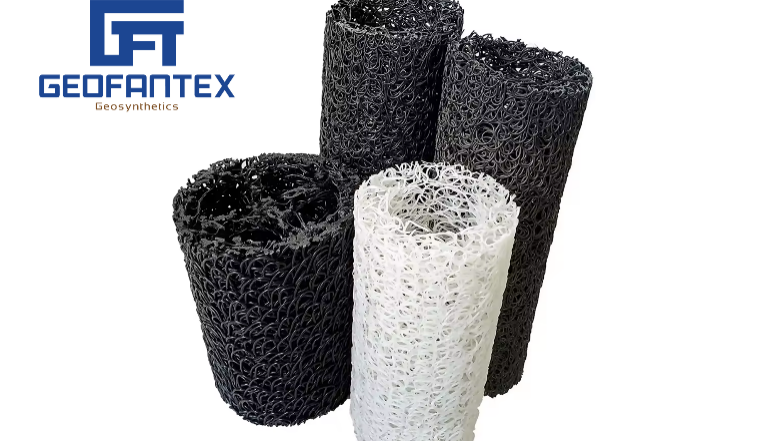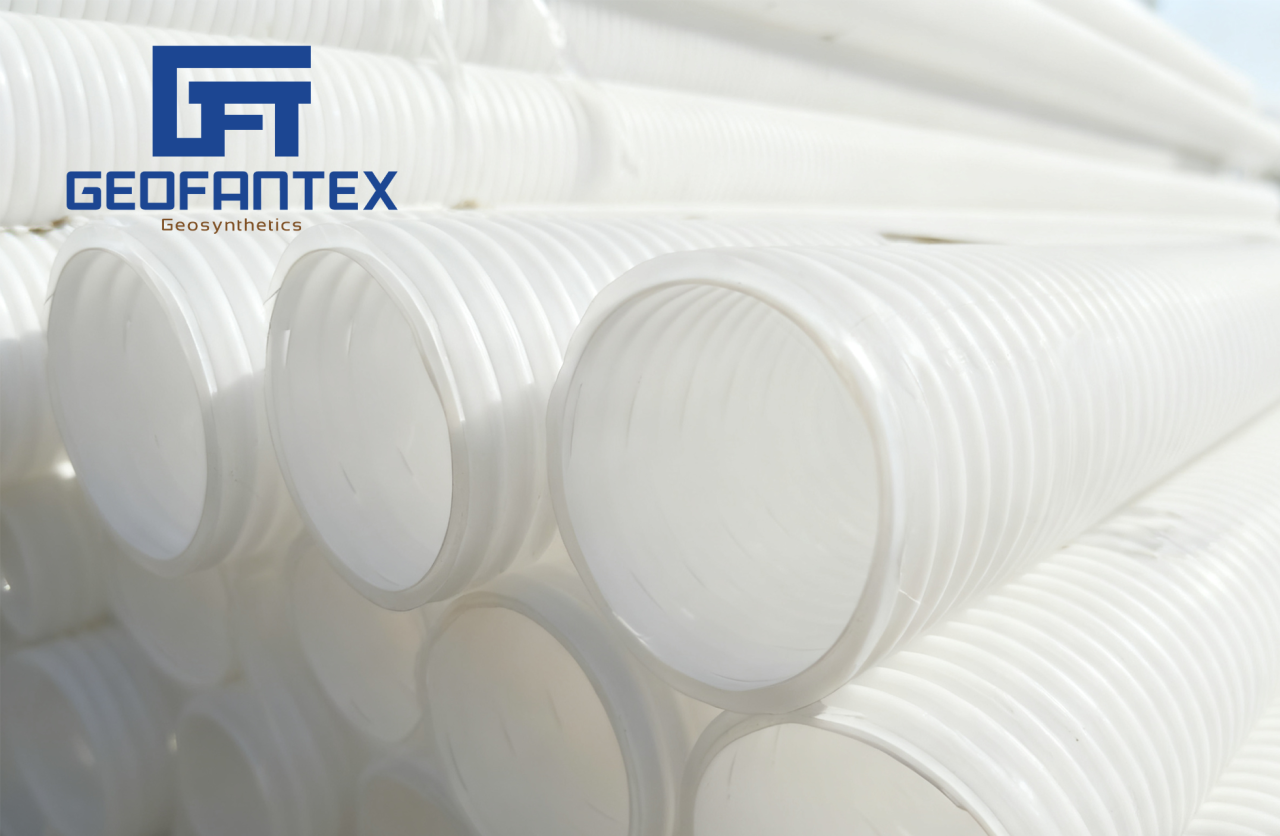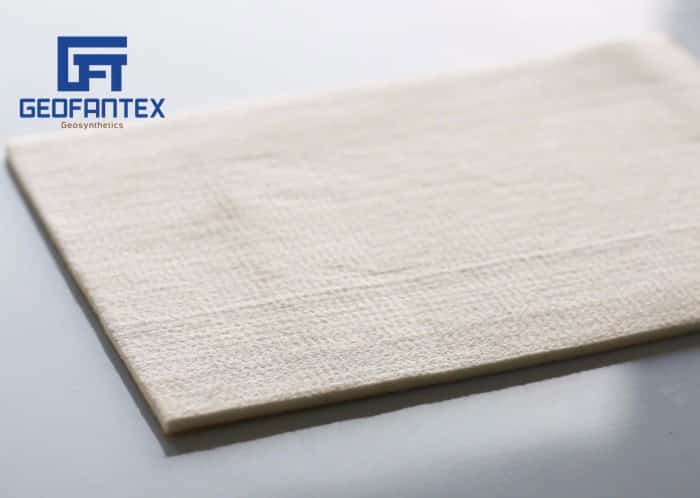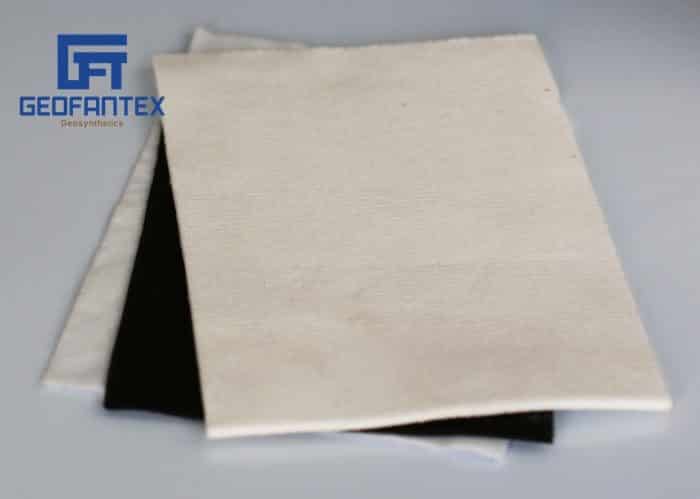+86-159 9860 6917
info@geofantex.com
geofantex@gmail.com
+86-400-8266163-44899
Landscape fabric is an essential tool for gardeners and landscapers aiming to control weeds, conserve soil moisture, and enhance plant health. Among the various types available, woven and non-woven landscape fabrics are popular choices. Nonwoven geotextile fabric is used for things like retaining walls and sandbags, while woven geotextile fabric is ideal for driveway construction and erosion control projects. This article explores the nuances of these fabrics, addressing common questions and helping you make an informed decision for your landscaping needs.
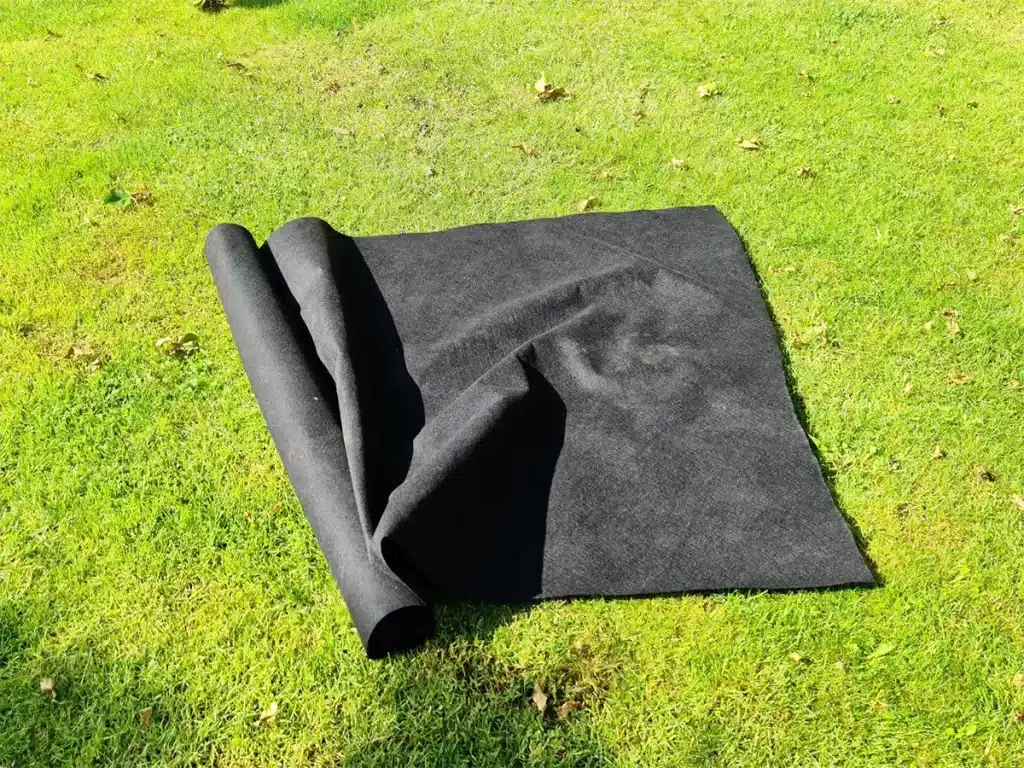
Is non-woven geotextile fabric the same as landscape fabric?
No — they are similar in function but designed for different purposes.
- Non-woven geotextile fabric is mainly used in construction, civil engineering, and heavy-duty landscaping projects. It is permeable, allowing water to pass through while holding soil in place, making it ideal for drainage, filtration, and soil stabilization.
- Landscape fabric is primarily intended for gardening and light landscaping, focusing on weed control, moisture retention, and erosion prevention. It often has smaller pores, which can block weeds more effectively but may also limit water flow compared to geotextiles.
In short: Use non-woven geotextile for structural and drainage applications, and landscape fabric for weed suppression and garden bed maintenance.
Can you use geotextile fabric for landscaping?
Yes, geotextile fabric is commonly used in landscaping for a variety of purposes. It helps with weed control, erosion prevention, and soil stabilization. Here are some key uses:
- Weed Control: Geotextile fabric prevents weeds from growing by blocking sunlight while allowing water and nutrients to pass through. This helps maintain the health of plants and reduces the need for chemical herbicides.
- Erosion Control: When applied to slopes or areas prone to erosion, geotextile fabric stabilizes the soil, preventing it from washing away during heavy rainfall or irrigation.
- Drainage: Geotextiles allow for efficient drainage by filtering water and preventing soil particles from clogging drainage systems. They are often used in landscape installations such as French drains.
- Soil Stabilization: For areas with loose or unstable soil, geotextiles can reinforce the soil, providing support for structures like paths, driveways, or retaining walls.
Overall, geotextile fabric is a versatile and effective solution for improving the durability and functionality of landscaping projects.
How to Choose Between Woven and Non-Woven Landscape Fabric for Your Garden?
Selecting the right type of landscape fabric depends on the specific needs of your garden or landscaping project. Consider the following factors:
- Purpose of Use:
- Non-Woven Geotextiles: Ideal for drainage, soil filtration, and erosion control. They allow water to pass through while holding soil in place, making them suitable for retaining walls, sandbags, and subsurface landscaping applications.
- Woven Geotextiles: Best for structural reinforcement and soil stabilization projects, such as driveways, paths, and areas with heavy foot or vehicle traffic, where strength and durability are critical.
- Water Permeability:
- Non-woven fabrics offer high permeability, allowing efficient drainage and preventing soil clogging.
- Woven fabrics have moderate to low permeability, which is suitable when water flow is less important than stability.
- Durability and Strength:
- Non-woven fabrics are flexible and lightweight but generally less durable under prolonged UV exposure.
- Woven fabrics are highly durable, resistant to environmental stress, and better suited for load-bearing applications.
- Installation Considerations:
- Non-woven fabrics are easier to cut and conform to uneven surfaces.
- Woven fabrics require careful handling due to stiffness but provide superior reinforcement once installed.
By evaluating your garden’s drainage needs, soil type, load requirements, and exposure conditions, you can select the most suitable geotextile fabric to ensure weed control, soil stabilization, and long-term garden performance.
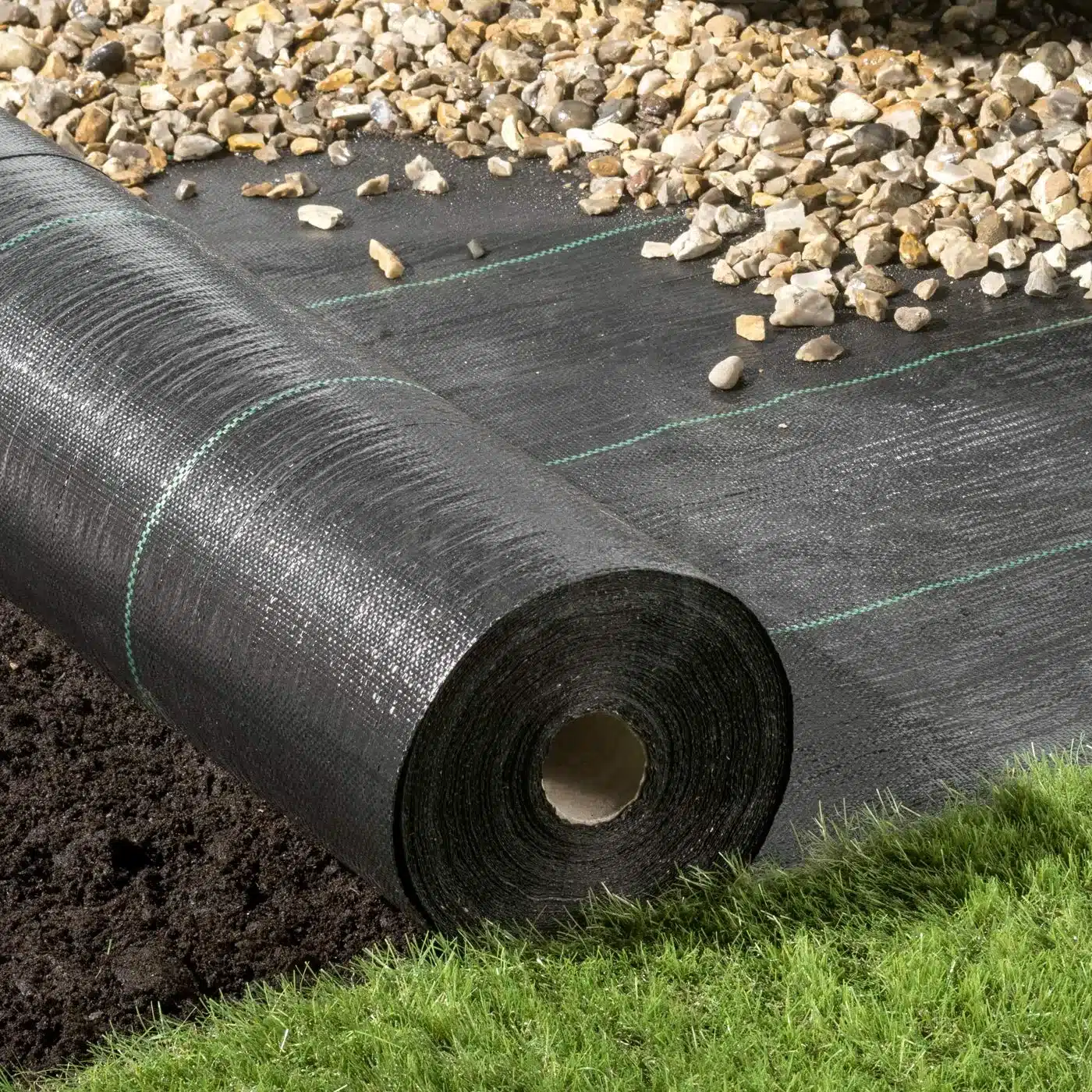
What is the use of geotextile fabric in the landscape?
Geotextile fabric has various applications in landscaping due to its versatility and durability. Here are some common uses:
- Erosion Control: Geotextile fabric helps prevent soil erosion on slopes and banks by stabilizing the soil and promoting vegetation growth.
- Weed Suppression: Placing geotextile fabric beneath mulch or gravel helps prevent weed growth by blocking sunlight while allowing water and nutrients to pass through.
- Soil Stabilization: In pathways and driveways, geotextile fabric separates different layers of soil and aggregates, preventing them from mixing and thus enhancing the stability and longevity of the structure.
- Drainage Improvement: Geotextile fabric can be used to create French drains or other drainage systems, allowing water to pass through while preventing soil and debris from clogging the drainage system.
- Road Construction: In the construction of roads and pavements, geotextile fabric is used to separate the subgrade from the aggregate, improving the load-bearing capacity and extending the life of the road.
- Retaining Walls: Geotextile fabric is used behind retaining walls to improve drainage and reduce pressure on the wall by preventing soil from clogging the drainage material.
- Landscape Fabric: Geotextile fabric is often used as a landscape fabric to separate soil from decorative stones or mulch, keeping the layers distinct and maintaining the aesthetics of the landscape.
Choosing between woven and non-woven landscape fabric depends on your specific landscaping needs. While non-woven geotextile fabrics offer excellent permeability and flexibility, woven geotextiles provide superior strength and durability. Both types can be effectively used in landscaping to control weeds, stabilize soil, and retain moisture. By understanding the differences and applications of each, you can make an informed decision to create a thriving and low-maintenance garden.
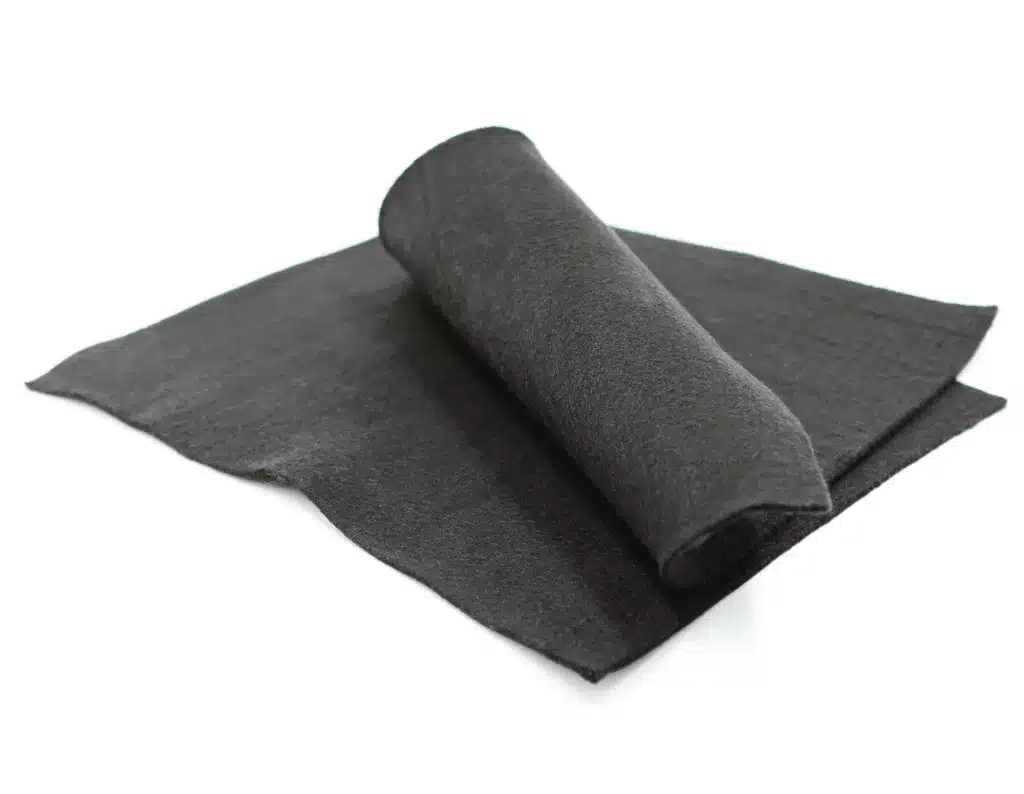

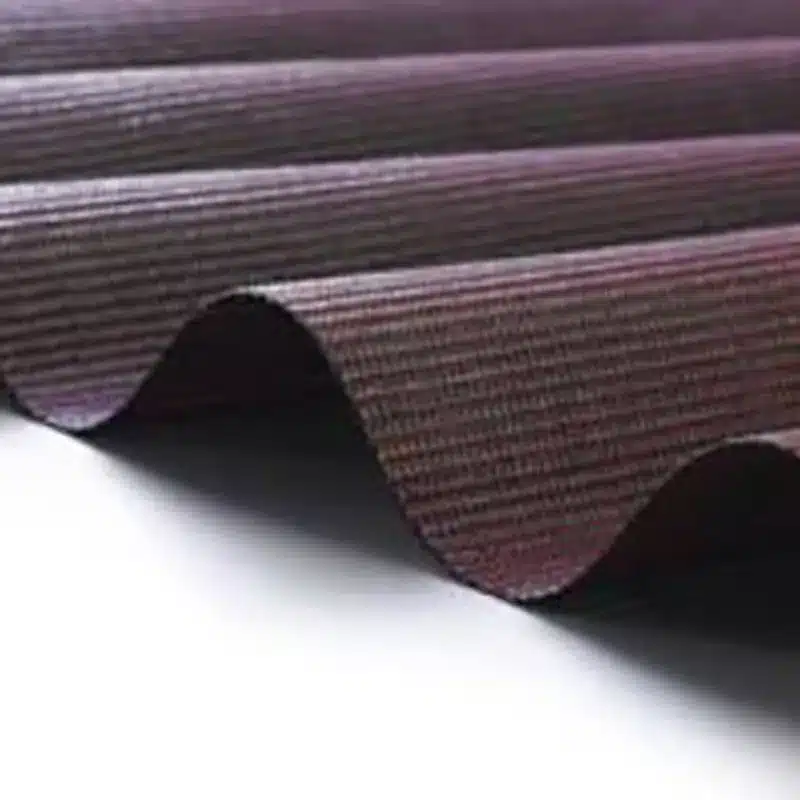
Get Free Sample
We’ll respond as soon as possible(within 12 hours)
